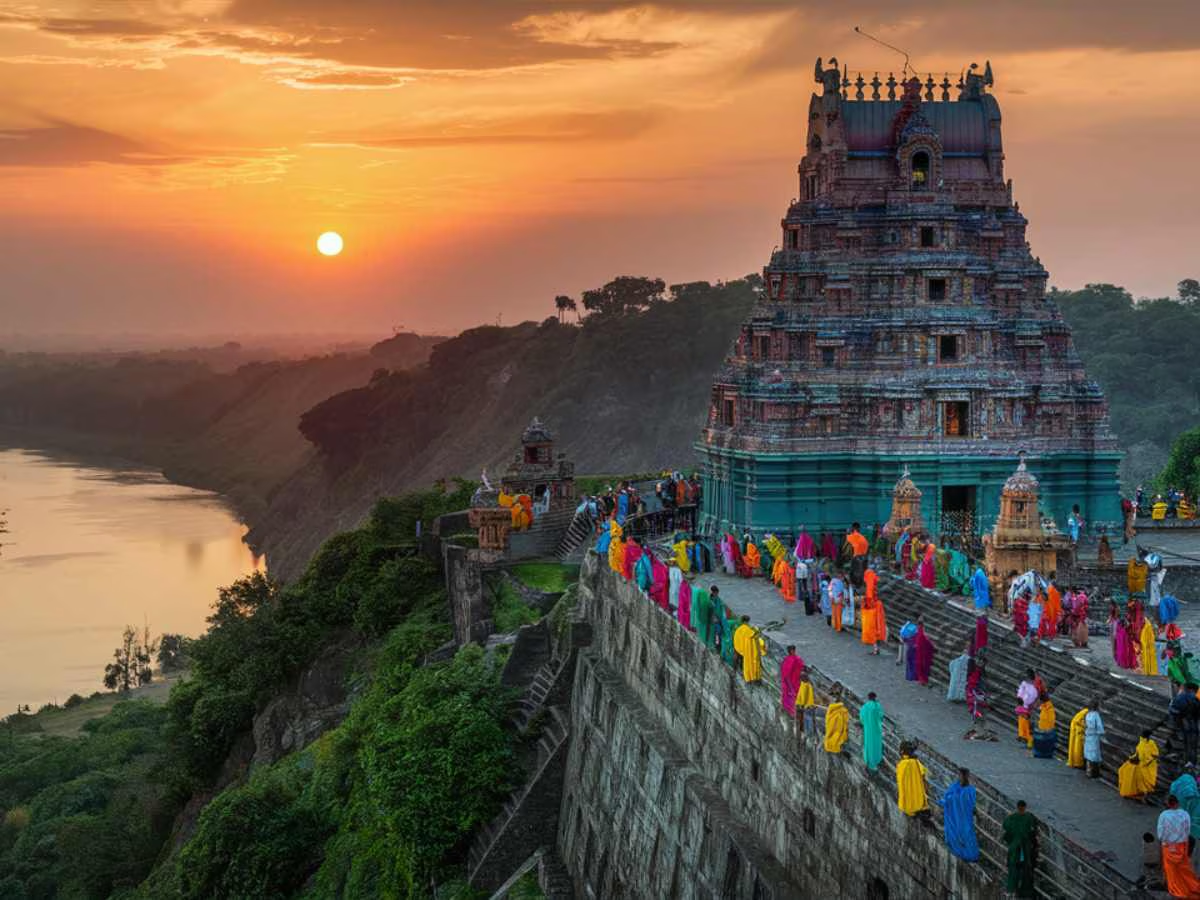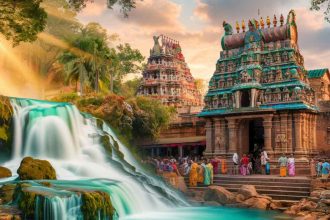Andhra Pradesh is a treasure trove of historical sites, each with its own captivating stories, architectural grandeur, and cultural significance. From ancient Buddhist stupas to grand forts and temples, the state offers a glimpse into its rich and diverse history. Here’s a guide to some of the best historical sites in Andhra Pradesh
Golconda Fort
Historical Significance: The Golconda Fort is a 16th-century citadel that once served as the capital of the Qutb Shahi dynasty. It is renowned for its unique acoustics, advanced water supply system, and breathtaking architecture.

Notable Features: The fort’s Bala Hissar Gate, Acoustic system, and the Fateh Darwaza (Victory Gate), where you can hear a clap from the entrance even if you’re far away, are among the engineering marvels of the era.
Legend: The fort is famous for being the repository of the Koh-i-Noor Diamond, which was originally part of the treasure of the Qutb Shahi rulers before it was taken by the Mughals.
Amaravati Stupa
Historical Significance: Amaravati was once a thriving Buddhist center in ancient Andhra Pradesh. The Amaravati Stupa is an enormous Buddhist monument, built during the Maurya period and later expanded under the Satavahana dynasty.
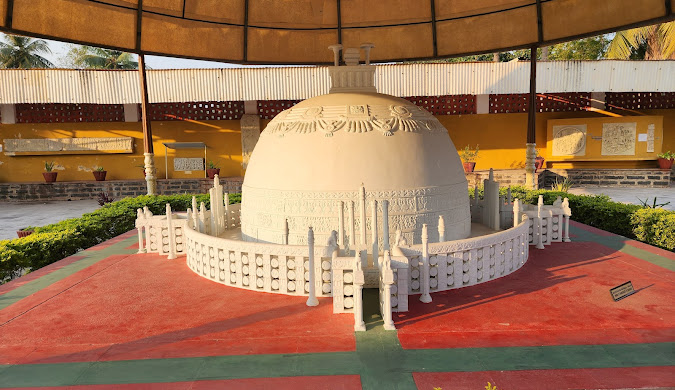
Notable Features: The stupa is known for its highly intricate sculptures and reliefs depicting stories from the life of the Buddha. The Amaravati sculptures are some of the finest examples of Buddhist art in India.
Legend: The stupa was believed to have housed relics of Lord Buddha, making it an important pilgrimage site for Buddhists across Asia.
Chandragiri Fort
Historical Significance: This fort was built by the Yadava rulers of the Vijayanagara Empire in the 11th century and later became the capital of the Tirumala Nayak dynasty.

Notable Features: The fort has well-preserved palaces, temples, and gates, as well as stunning views of the surrounding hills and valleys. The Chandragiri Palace, with its Indo-Saracenic architecture, is a key attraction.
Legend: It is believed that King Chandragiri once ruled the region and built this fort, which later became part of the vast network of forts under the Nayak dynasty.
Undavalli Caves
Historical Significance: The Undavalli Caves are an extraordinary set of rock-cut temples dating back to the 4th-5th century CE, and they represent a fine example of the Vishnuite architecture in ancient India.
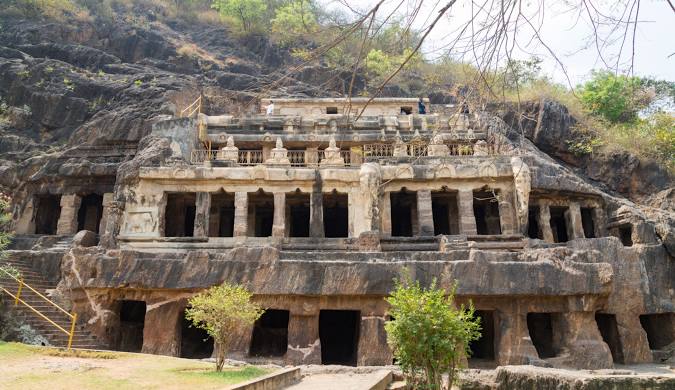
Notable Features: The caves are renowned for their colossal statue of Lord Vishnu in a reclining position. The complex includes various carved chambers, some of which were used as Buddhist monasteries.
Legend: The caves are believed to have been the residence of Buddhist monks in the early centuries and later adopted by Hinduism as places of worship.
Kondapalli Fort
Historical Significance: Built during the Kakatiya dynasty and later modified by the Qutb Shahi rulers, the Kondapalli Fort was a prominent military fortification in the medieval period.
Notable Features: The fort is known for its military architecture, defensive structures, and the palaces inside. The surrounding area is famous for its Kondapalli toys, which are traditionally crafted wooden figurines.
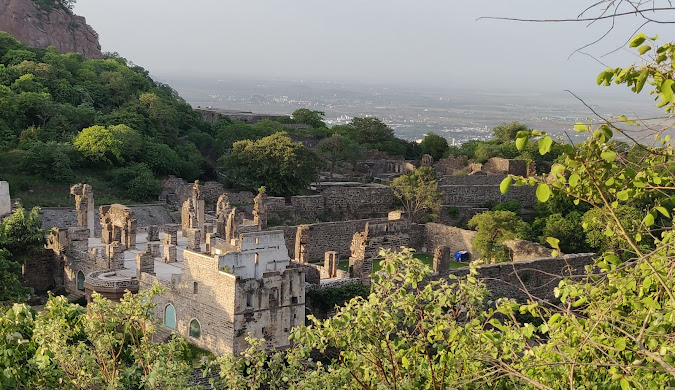
Legend: It is believed that the fort played a significant role during the reign of Sultan Quli Qutb Shah, and many battles were fought here during the transition of power between the Qutb Shahi and Mughal empires.

